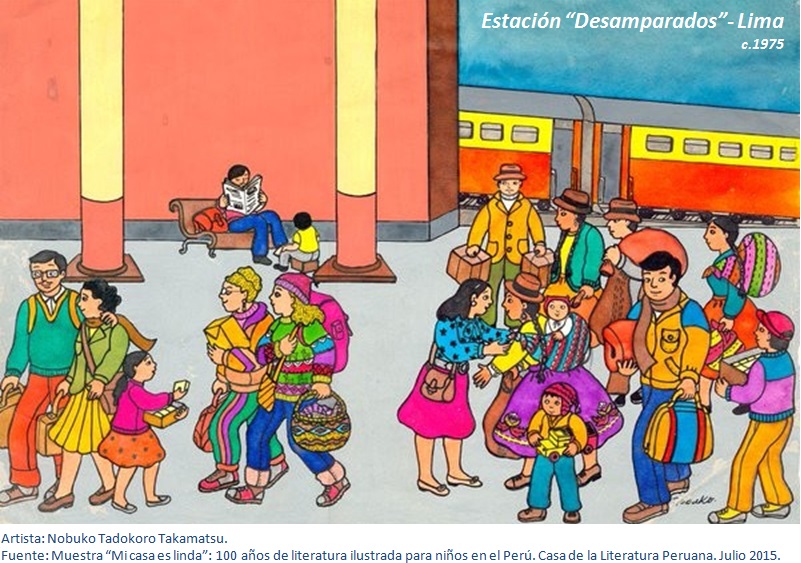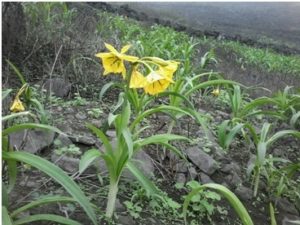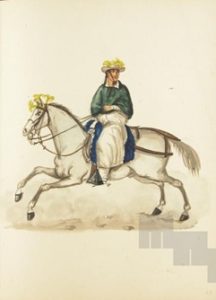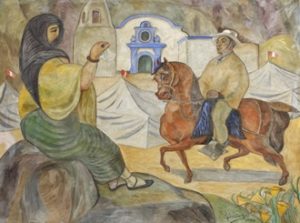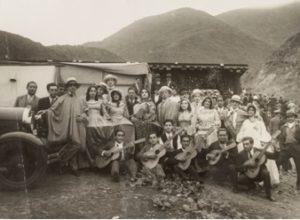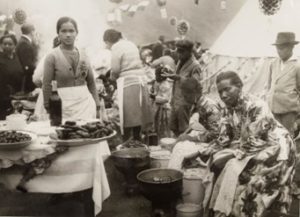Lima T’ika – Lima’s flower
The beautiful amancaes is originally from Lima because it has always grown here and it has been part of the city’s history. It is a yellow flower with internal green veins and a small bell form.
The beauty of this flower is reflected in its short life; it comes out for a few days, then it fades but it survives in its bulb to appear again the following year.
Amancaes can be found in the pampas and hills along the Peruvian coast, until 1,000 masl. These areas are called “Lomas” and are unique because they become green in winter due to fog and drizzles’ humidity.
There is no doubt that Lima is in the middle of a desert; in this huge city with 10 million inhabitants it hardly rains, and water provision depends on three small rivers which are born in the mountains: Rimac, Lurin and Chillon rivers. None of them is navigable and they are practically dry in winter. However, our city does not look as a desert at all because Lima, Huari, Ichma and Inca societies (hundreds of years before the Spanish conquest) built irrigation canals that continue providing water at least for parks and some rural fields.
Therefore it is very beautiful to see the pampas and hills around the city become green. Old “limeños” (Lima people) still remember that in Rimac, one of the most traditional districts of Lima, on 24th June, the day of St. John the Baptist was celebrated along with the blossoming of amancaes flowers in the pampas of the same name: amancaes. Music, singing, dance, drinks, food were also shared in this great celebration. However these pampas and flowers are almost disappearing due to the uncontrolled growth of the city.
“Lomas” are also disappearing because of invaders and land traffickers, but we can still find amancaes in places like Lúcumo, Villa Maria del Triunfo, Rimac, Mangomarca, Pachacamac, etc.
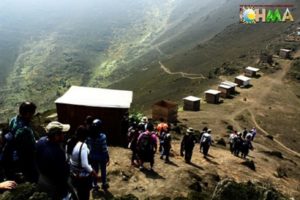
Wooden houses disturbing the natural environment of Lomas in Mangomarca. Photo: ICHMA, Kevin Ruíz Silva. Sept. 2016.
Painters like Rugendas, Sabogal, Pancho Fierro have captured the beauty of this flower in different times. The famous singer and songwriter “Chabuca Granda” mentioned amancaes in her famous single “Jose Antonio”, saying that he comes from “El Barranco” (a district in Lima) to see the amancaes flower. However, nowadays we will not only come from “El Barranco”, but from many different parts of Lima to rediscover our dear amancaes flower.
